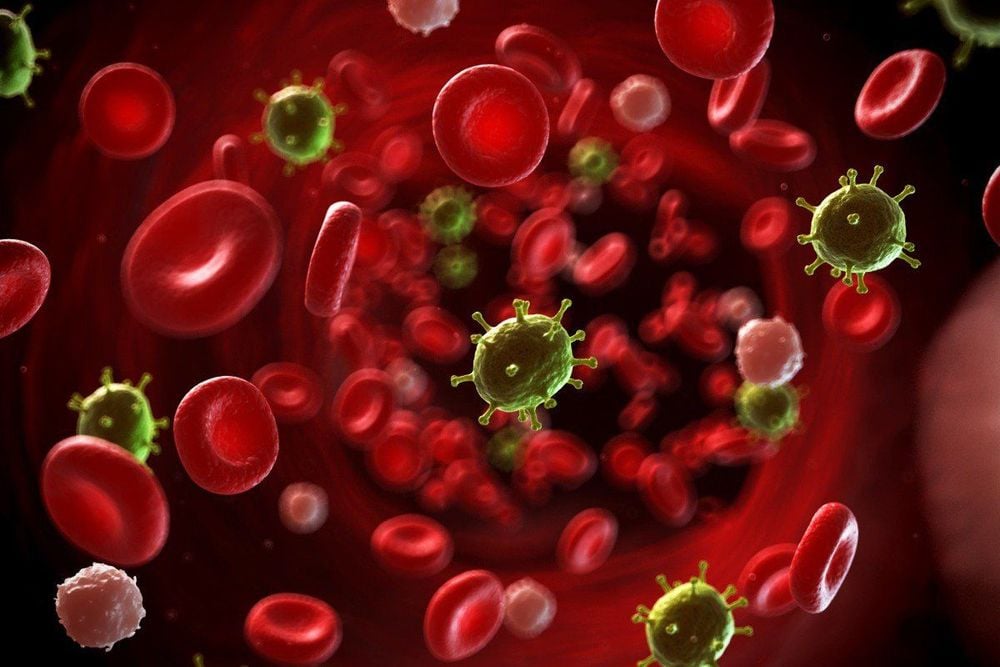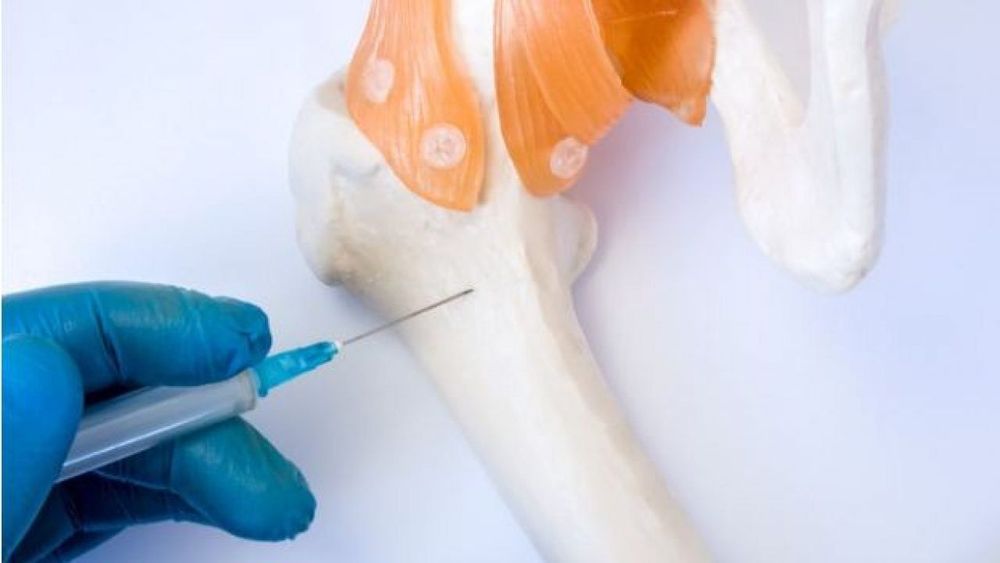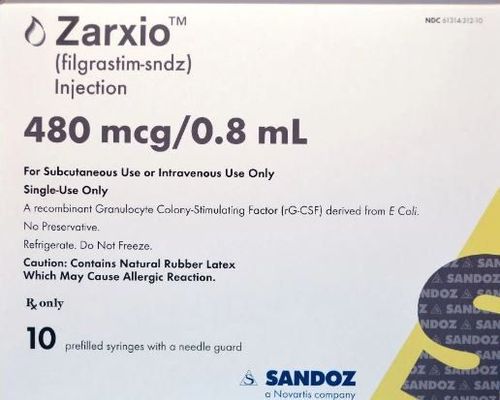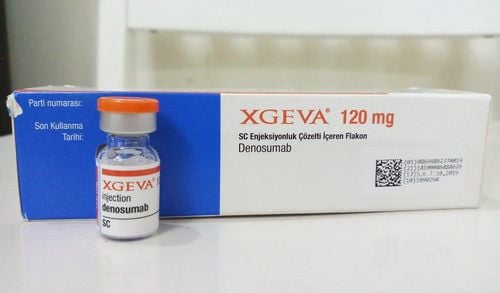This is an automatically translated article.
Multiple myeloma is a cell line cancer, leading to localized or diffuse tumors in the bone marrow of the human body. Severe manifestations of multiple myeloma such as bone diseases, anemia, hypercalcemia, kidney failure, infection...
1. Is multiple myeloma dangerous?

Đa u tủy xương Kahler bao gồm mệt mỏi, suy nhược cơ thể, gầy sút, ăn uống kém
Multiple myeloma, also known as Kahler's disease, belongs to 8% of malignancies in the hematopoietic system, is a cancer of plasma cells, which are cells that secrete antibodies. When these plasma cells become malignant, it only secretes monoclonal antibodies that do not function as they should, but are deposited in organs in the body leading to dysfunction in these organs. In addition, when the patient's immune globulin is greatly reduced, the patient's immunity is also greatly reduced.
The early signs of Kahler's multiple myeloma include fatigue, weakness, weight loss, poor appetite, pain in ribs, spine, joint pain, headache... As the stage progresses. Full-blown disease, multiple myeloma and plasmacytomas make the patient whole body weakness, pain in bones such as lumbar spine, skull, sternum and constant intensity and unresponsive to drugs pain relief, in some cases spontaneous fractures occurred.
Patients with multiple myeloma Kahler also have symptoms of anemia with normal red blood cell count, hypercalcemia due to increased bone resorption and prolonged immobilization, kidney failure, infection...
Multiple myeloma Kahler's disease is a very dangerous disease with life-threatening complications such as lung infections, urinary tract infections, neurological complications due to spinal cord compression, paralysis of the lower extremities, cranial nerve palsies, and tangles. mental disorder. In addition, the disease also leaves very serious blood complications, easily leading to marrow failure, bleeding. Symptoms of kidney failure in the disease increase uric acid levels.
2. Is multiple myeloma curable?

Phương pháp điều trị bệnh đa u tủy xương phổ biến là hóa trị, xạ trị hoặc có thể là thay huyết tương
There are many questions raised around Kahler's multiple myeloma, of which how long does multiple myeloma last is a question that attracts a lot of attention from patients as well as patients' families.
Because it is a malignancy, treatments for multiple myeloma can keep patients alive for 6 months to 3 years. The goals of treatment for Kahler's multiple myeloma are to relieve symptoms, reduce protein production, and suppress the potential for malignancy of the disease.
Common treatments for multiple myeloma are chemotherapy, radiation therapy or possibly plasma exchange. In case the patient is accompanied by renal failure, it is necessary to treat kidney failure in combination with chemotherapy.
3. Conclusion
Because of the nonspecific and obvious symptoms in the early stages, multiple myeloma is difficult to detect except in incidental cases with diagnostic tests.Currently, Vinmec International General Hospital is a leading medical facility in the field of detecting cancer-related diseases and in which multiple myeloma can be treated with specific treatment. by stem cell transplantation in the treatment of multiple myeloma. Hematopoietic stem cell transplantation is the most radical treatment method, the opportunity to help patients with malignant blood diseases, including multiple myeloma, so that the patient can recover and lead a normal life.
Any questions about cancer screening as well as multiple myeloma treatment at Vinmec, please come directly to the hospital or contact HERE for answers.
SEE MORE:
Patient U50 with multiple myeloma is healthy thanks to hematopoietic stem cell transplant "There are more than 80 diseases that can be cured by stem cells from umbilical cord blood" King Thanh Thai's nephew miraculously recovered after stem cell transplant













